
Kythera Healing Herbs
A Treasure of Nature
The flora of the island of Kythera has a number of 723 plant species. Many of these plants show beneficial properties for human body and they are called herbs. Herbs are being used in folk medicine for thousands of years while today they are an alternative healing solution. The prerequisite for use of herbs is knowledge and experience so that it contributes to therapy and it does not cause a risk to the body’s health. This is why it’s better to ask for the advise of a botanologist – therapist for a more proper and safe use of herbs and also to inform the family doctor in cases where the patient suffers from other conditions as well.
Here we are presenting the most important healing herbs that grow on the island that are developing either freely on forest, wild and cultivated areas either with human care in peri-urban areas such as gardens and crofts. The selection of herbs was based on the album “Bee Flight Paths”, a publication of the Kythera Union of Athens regarding the Kythera flora, which granted to us a special license to use photographs and information from the album. For every herb, the main information are mentioned such as its scientific name, its family, the various names we meet in Kythera and all over Greece. Furthermore we considered it would be useful to mention the main healing properties and the collection procedure for every herb based on the information we gathered mostly from the Kostas Bazaios publication (“100 herbs, 1000 treatments”, Bazaios publications.). Finally, we mention smart ideas for another usage of these herbs.
Therefore, get to know the Kythera herbs, walk on the island paths to discover them and exploit their healing properties. Enjoy your trip!
Agriagginara
This wild artichoke with its characteristic white flower and its thorny leaves widely spread on the land prefers offshore areas of our country. It is a plant with interesting distribution over the Aegean sea. It is found in Crete and Southern Greece. Apart from Greece it is also found in Cyprus. In Kythera it exists mostly at […]
Almond tree
It is very well acclimatized in Kythera and in many cases it grows alone. Even though it was systematically cultivated in Kythera (Karavas was one of the places with great and quality production), today its cultivation is almost abandoned. Scientific Name: Prunus dulcis, Prunus amygdalus Family: Rocaceae Kythera Name: Amygdalia Name in other places of Greece: Amygdalia […]
Apiganos (fringed rue)
Its scent is very intense. It was known to ancient people. Athinaios mentions that it was used as poison antidote. Additionally, it was used for nervous system conditions (epilepsy, hysteria etc). It is mentioned in Gospel of Luke and Matthew. It was related with prejudices during the Middle Ages. Scientific Name: Ruta chalepensis Family: Rutaceae […]
Apple sage
It is very characteristic aromatic and bee keeping plant of Kythera. Its leaves which are collected on September and then dried out, are used to prepare maybe the most popular drink of Kythera. It has many pharmaceutical properties. Scientific Name: Salvia pomifera, Σάλβια η μηλοφόρος Family: Lamiaceae (or Labiatae) Kythera Name: Faskomilia, Faskomilea Name in other […]
Armyrithra
One of the 25 indigenous medick species of Greece. It is a typical ammophilous species that prefers sandy beaches next to the sea where small crawling bushes are created. Scientific Name: Medicago marina Family: Fabaceae (or Leguminosae) Kythera Name: – Name in other places of Greece: Midiki, Armyrithra Collection: It is found in sandy beaches of […]
Artichoke
It is an fine snack for many people despite its difficulty in peeling. In Kythera, people prefer them grilled with a lot of oil and kosher salt. This recipe is most probably known only in Kythera as in Crete they eat them mostly raw. Scientific Name: Cynara cardunculus, Κυνάρα η καρδούγκουλος Family: Asteraceae Kythera Name: Agrioagginara, […]
Balm (St John’s wort)
This plant is tinctorial. Yellow pigment that exists in its flowers is water-soluble, while red pigment that exists in stigmas and fruits is soluble in alcohol. Dioskourides mentions it as «askyron». In Kythera, people prepare a medicine for the healing of burns and wounds by mixing olive oil with St John’s wort flowers. Scientific Name: Hypericum […]
Bay Laurel
It is a bush that under certain conditions may become a tree and in some cases it may be quite big. It stands drought and it develops faster if it has water. Big and many bay trees exist in Mylopotamos, Karavas and also anywhere there is plenty of water. Bays are also found next to […]
Boranga (borage)
It is an one-year plant rich in potassium and nitrites which give to it numerous pharmaceutical usages. It is a villous plant. Its leaves are edible. It attracts bees and it is used in bee hiving. Its scent reminds of cucumber. Ancient people used it against melancholy. Scientific Name: Borago officinalis Family: Boraginaceae Kythera Name: Boranzza […]
Caper
Its bud and leaves are turned to pickles and they have been used as seasoning since ancient times. It is found very frequently in the streets of the Kythera town. Scientific Name: Capparis spinosa Family: Cappariaceae Kythera Name: Kappari Name in other places of Greece: Kappari Collection: Very often it grows on walls and ruins, on […]
Chamomile
Chamomile was named after its scent (land apple) and the first one to mention its beneficial properties is the father of medicine, Hippocrates who considered it emmenagogue and a medicine against hysteria. It is an aromatic and pharmaceutical plant. Christian tradition has dedicated chamomile to Saint George obviously because it blossoms about his/her name day […]
Chicory
It grows along roads in wild and stony fields. It is one of the most common herbs we cut to boil before its bud blossoms. Scientific Name: Cichorium intybus Family: Asteraceae (or Compositae) Kythera Name: Radiki, Pikroradiko Name in other places of Greece: Radiki, Radikio(Crete island), Pikralida, Pikromaroulo, Pikra, Padoulia(Limnos island), Pikrokolla, Pikroradiko Collection: It is […]
Crocus
Homer mentions croci for its usage as a condiment and as a coloring plant. They prefer places where there are no other plants. Their narrow leaf is characteristic. In Greece, there are about 20 different (indigenous) species of crocus. Of course there is also cultivated crocus. Scientific Name: Crocus sieberi Family: Iridaceae Kythera Name: Krokos Name […]
Cypress
Even though it is found as uncultivated, in many cases it appears as ornamental plant in gardens and fields where it is used as windbreak and also in cemeteries as it happens all over Greece. Boiled cypress cones and lentisk tufts in water after shampooing is a folk medicine against hair loss. Scientific Name: Cupressus […]
Eucalyptus
It is indigenous Australian tree. It was planted on the island at individual houses, squares and plots and also in great numbers (Gerakari, Potamos etc.). It has great requirements in water and this is why it flourished in places like Karavas and Mylopotamos. Eucalyptus leaves and fruits have essential oils that are healing, and this […]
Fig
Fig tree is one of the most common trees of the country as it is developing fast and very easily resulting to its presence even on walls. Flowers are tiny and hidden in the pyriform receptacle that during its maturity period is one of the sweetest fruits, the fig. Ancient people of Athens prohibited the […]
Gorgoyiannis (wild clary)
It is considered to be a weed even though this turfy plant has many pharmaceutical properties known from ancient years. Ancient people appreciated it a lot and considered it panacea for all diseases. There are stories saying that if one put some seeds of this weed within his/her eye, it would heal the pain, it […]
Hollyhocks
Usually it is found cultivated as ornamental plant (since very long ago). It has pharmaceutical properties. Flowers have light pink to purple. Scientific Name: Althea pallida (There is also Althea rosea that is cultivated in gardens) Family: Malvaceae Kythera Name: Dentromolocha, Molocha Name in other places of Greece: Dentromolocha, Molocha Collection: It is in wet areas. […]
Kafkalithra (mediterranean hartwort)
Dioskourides mentioned that during ancient times it was called Tordylium. It was recommended for kidney disease patients. It is one of the most important aromatic herbs of Greece. Scientific Name: Tordylium apulum Family: Apiaceae (or Umbelliferae) Kythera Name: Kafkalithra Name in other places of Greece: Kafkalithra, Myristira, Moscholachano Collection: It is found both in fields and […]
Katsoula (Wild Carrot)
I may be the ancestor of cultivated carrot. In Kythera it is particularly dispersed. Often, its height is above one meter. During its blooming period, many insects are attracted by its big round and wide flower. Scientific Name: Daucus carota Family: Apiaceae Kythera Name: Katsoula Name in other places of Greece: Agrio karoto, Agriokaroto, Dafki, Agrodafki, Chavoutsi, […]
Losmari
Apart from its pharmaceutical properties and usages in cooking, rosemary is said to have the ability to clean the atmosphere and “drive away” bad spirits. It is used as a substitute of incense, as it is also stated by its name in Greek (rosemary = dendro-livano and incense = livani). Scientific Name: Rosmarinus officinalis Family: […]
Mallow
A very common plant in Greece and Kythera. Plinios called it “food of the poor”. It is located very frequently on the streets shoulders, it is used in medicine and also as a vegetable from ancient times until today. Scientific Name: Malva sylvestris Family: Malvaceae Kythera Name: Molocha, Agriomolocha Name in other places of Greece: Agriomolocha, […]
Mandrake
It is a plant known since ancient times for its pharmaceutical substances. It was used for the treatment of various diseases. Theofrastos and Dioskourides mention it. It is mentioned in the Bible for its aphrodisiac properties. Magical properties were also attributed to it and there was a rumor that whoever uproots it, dies. This is […]
Mantilida
It is one of the most common spring flowers which is spread all over Kythera. Its tender buds, before its blooming, are edible, but mostly at the southern part of the island. At the northern part, mantilida is called the white variety which is also the one they prefer. Scientific Name: Chrysanthemum coronarium Family: Asteraceae (or […]
March flower
It is called March flower because it blossoms on March. It is found everywhere in Kythera from sandy beaches up to the high hills. Ancient Greek had dedicated this flower to goddess Artemis and considered it as a healing means for female minor problems. Scientific Name: Anthemis chia, Ανθεμίς η χία Family: Asteraceae (or Compositae) Kythera […]
Moon trefoil
Medick is generally the common trefoil. It is supposed to have been imported to Greece by the Medes people during the Wars on the 5th century BC and this is why it is called “medick”. Most plants of this species are turfs. Medicago genus is met on the island with many species, some of which […]
Nettle
Nettle is a valuable plant. It enhances the soil where it grows. It contains enzymes, iron, vitamins, various salts and formic acid. The last one is the substance causing the itching and also one of its names, “knidi” (hives). It is not so widely met in Kythera as it is in other places. It is mainly met […]
Olive
Systematic olive cultivation started in Kythera during the English domination. Until today it is the most important cultivation of the island in financial aspect. The most important variety cultivated in the island is koroneiki. Olive oil’s low acidity and its exquisite organoleptic characteristics rank Kythera oil among the perfect Greek olive oils. Scientific Name: Olea europea Family: […]
Pine (Aleppo Pine)
Pine does not belong to the old flora plants of Kythera, even though Gerard de Nerval (1808 – 1855) mentioned that he saw sporadically some pine trees during his visit to the island. Pine was planted in bulk many decades ago creating big or small forests in areas like Potamos, Gerakari, Myrtidia, Vroulea and Kapsali. Some […]
Pomegranate
It is one of the plants that was dedicated to Aphrodite during antiquity. It is a rigid plant and it has been cultivated in Kythera since very long ago without some particular care. Scientific Name: Punica granatum Family: Lythraceae, (Punicaceae) Kythera Name: Rodia, Rogdia Name in other places of Greece: Rodia, Roidia, Rogdia Collection: The useful […]
Red Valerian
It belongs to the Valerian family. It is an ornamental plant and this is why it is often found cultivated in gardens. When uncultivated, it grows in rocky fields. Scientific Name: Centranthus ruber Family: Valerianaceae Kythera Name: – Name in other places of Greece: Analatos, Moscholios, Plemonochorto, Erpini Collection: It is mainly found in cultivated […]
Rock samphire
From July to October, it is found almost at all the Kythera beaches. Its leaves are collected before blooming, they are soaked to brine and they are turned to pickles. Scientific Name: Crithmum maritimum Family: Apiaceae (or Umbelliferae) Kythera Name: Kritamo Name in other places of Greece: Kritamo, Almyra Collection: In beaches, sandy fields. Properties: It stimulates […]
Strawberry tree
Strawberry trees exist in interspersed places of the island. A great number of them lie in “koumarodasos” (Strawberry tree forest) in the area of Gerakari among pine trees, stone pine trees and eucalyptus. The area is very beautiful around Christmas due to the color feast of the berries (varying from light yellow to dark red). […]
Thyme
Thyme and savory are two different plants. While their differences are hard to spot, beekeepers can discriminate easily these two plants on the spot, but they face some difficulties when they see it in photos. They are the most common and at the same time the most important aromatic plants as they are responsible for […]
Venus hair fern
It is a hygrophilous plant, and this is the reason it always grows on rocks close to taps, shafts or gullies with water. There are about 200 species of Adiantum all over the world, but in Greece this is the only one met. It was known to Dioskourides and Plinios who used it to fight […]
Wild celery (Alexanders)
It is a sleek, biannual plant, with thick bud and deep green leaves. It is usually found on rocky shadowy locations and at uncultivable lands. It is a plant similar to celery and it has aromatic roots, leaves and fruits. It cooking importance in relation to celery is low. Scientific Name: Smyrnium olusatrum Family: Apiaceae […]
Wild lavender
It is a plant aromatic – pharmaceutical and apart from its use as a drink it is also widely used as an essential oil. It is used in perfumery, soap making and pharmaceutical industry. Its flowers are placed in cupboards, scent them and eliminate moth. It is also known as French or Spanish Lavender. Scientific […]

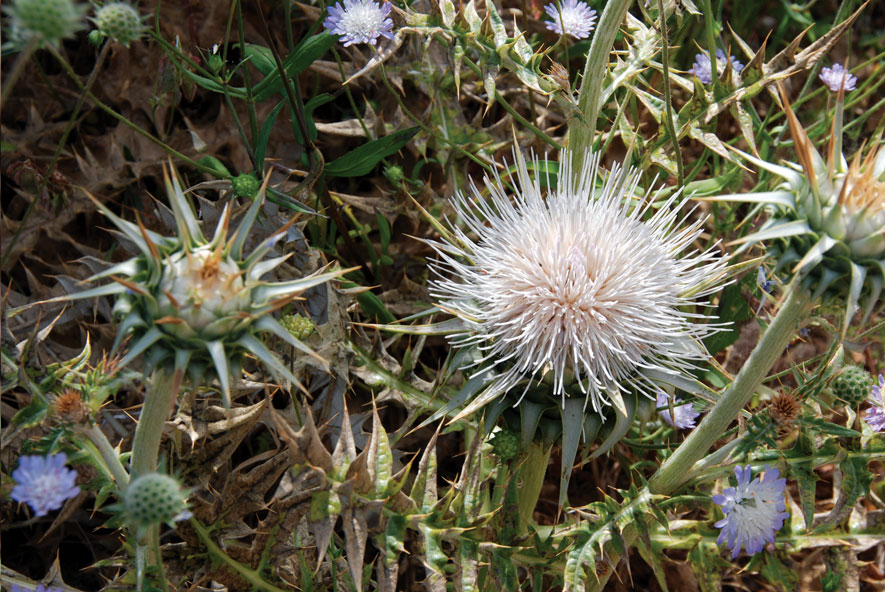
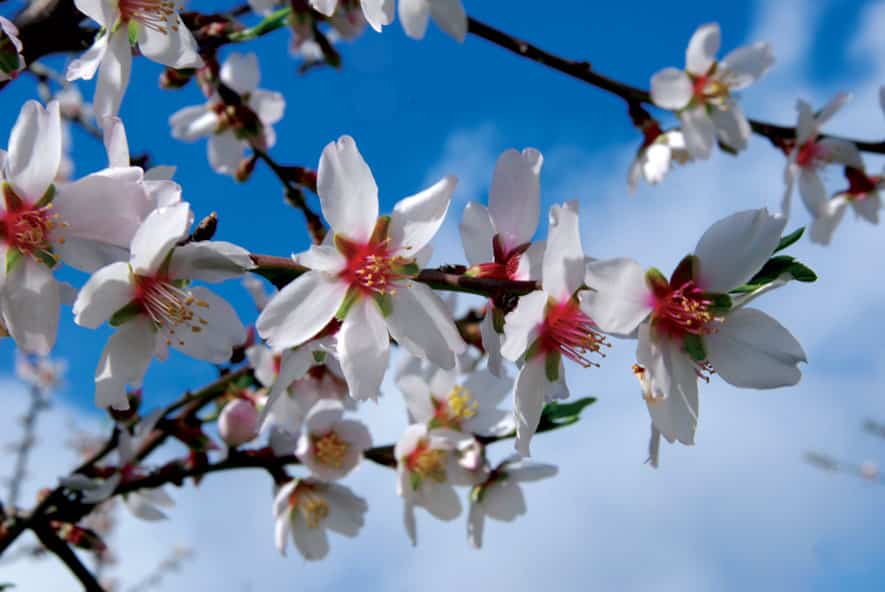

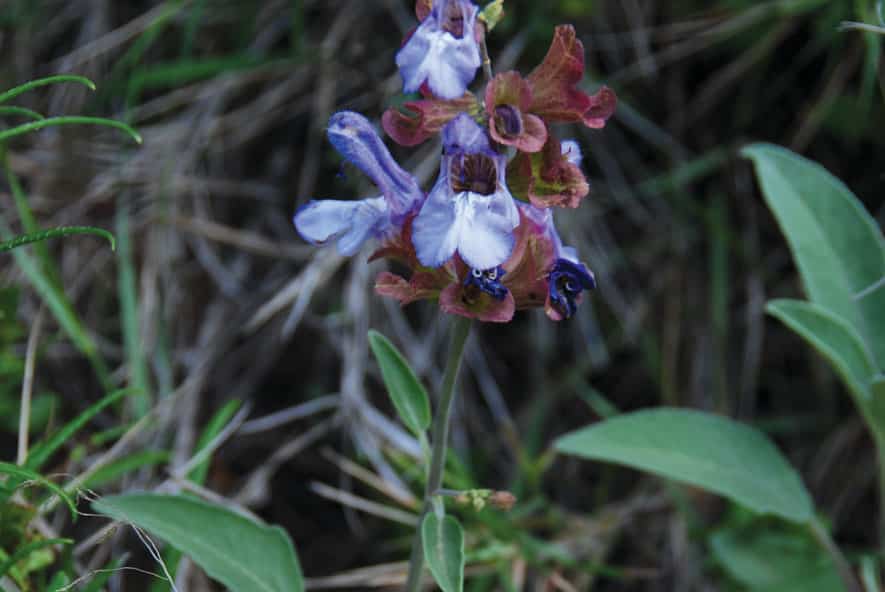
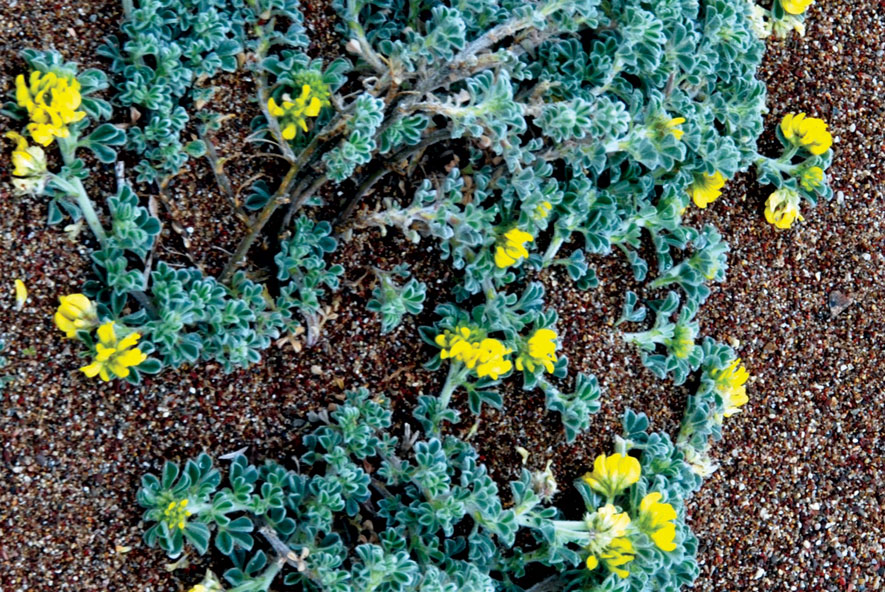

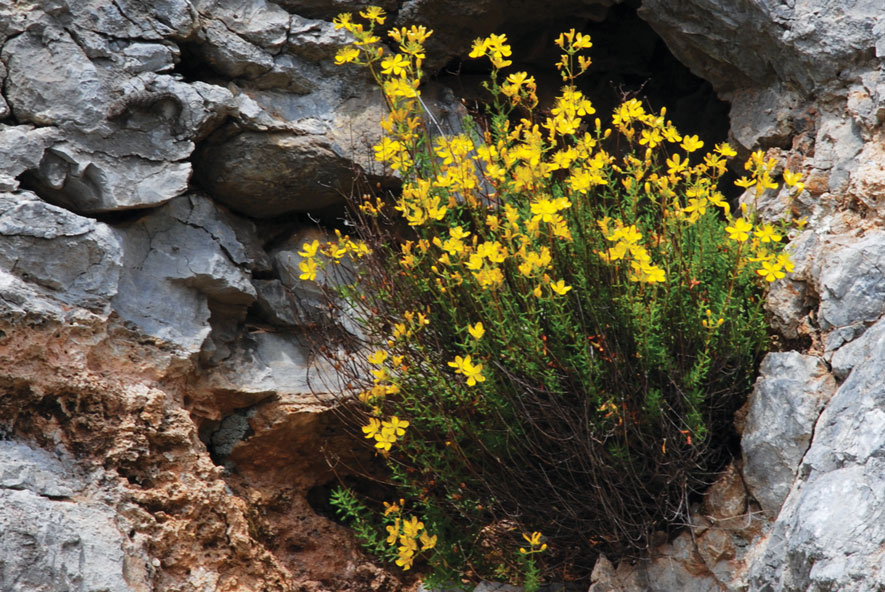

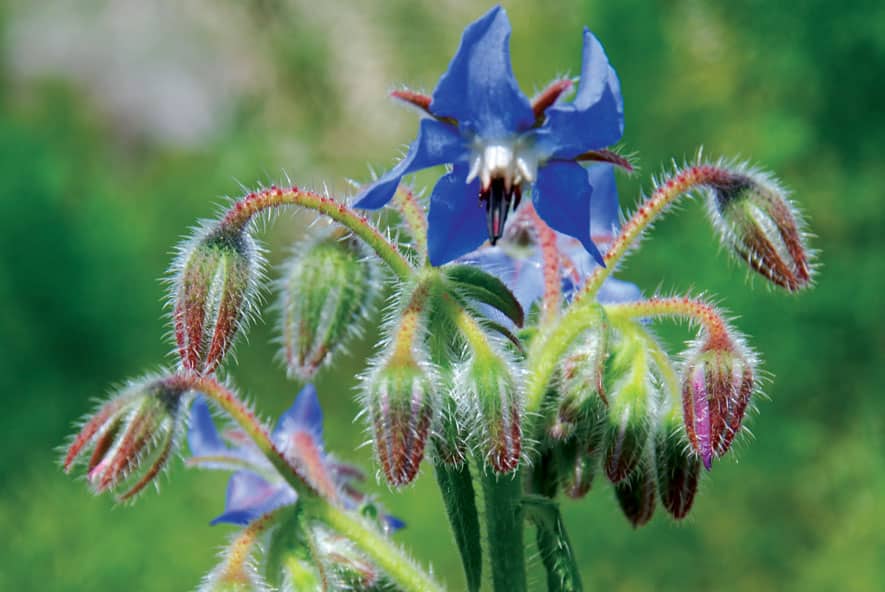
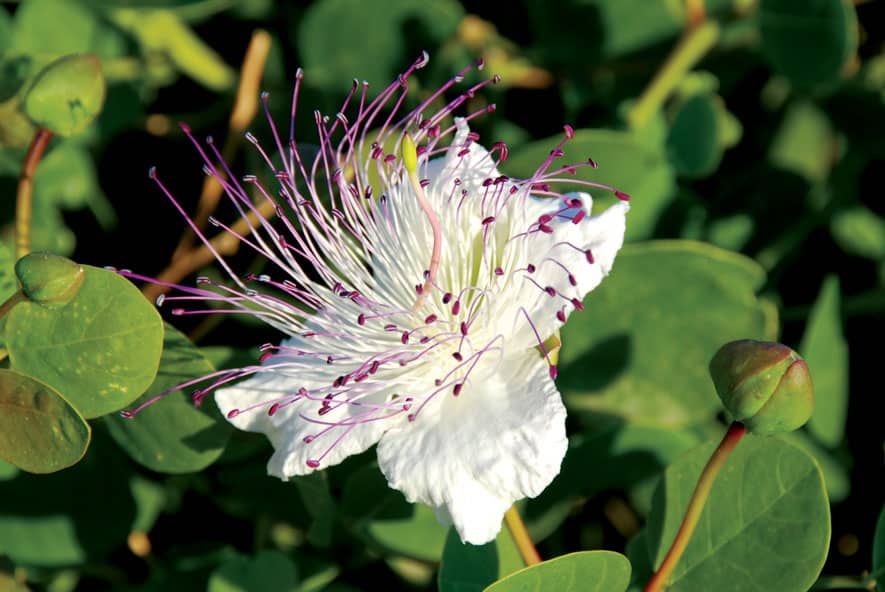

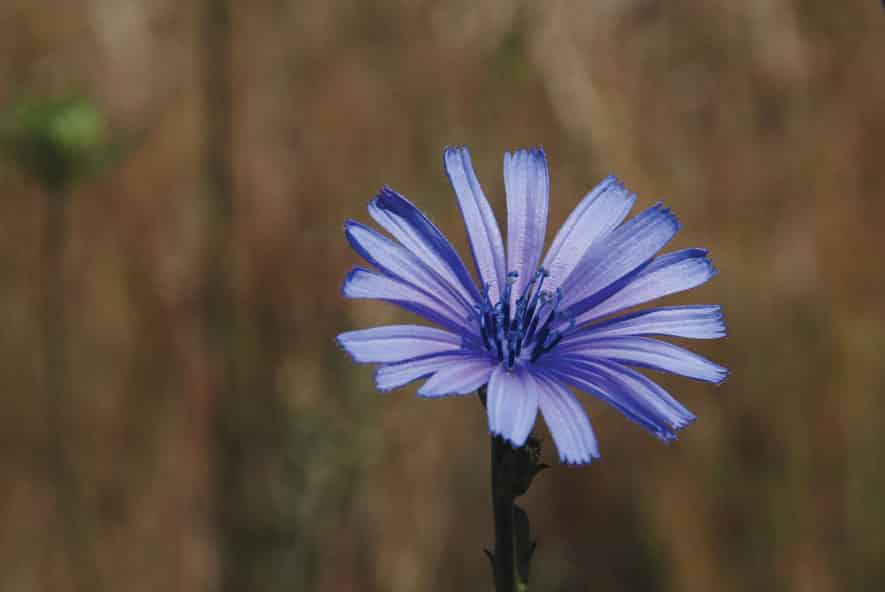
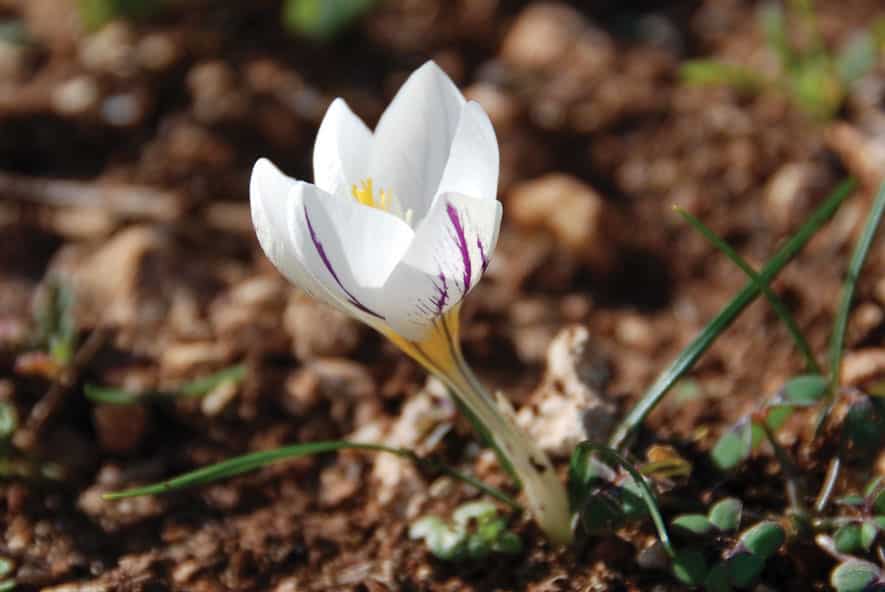
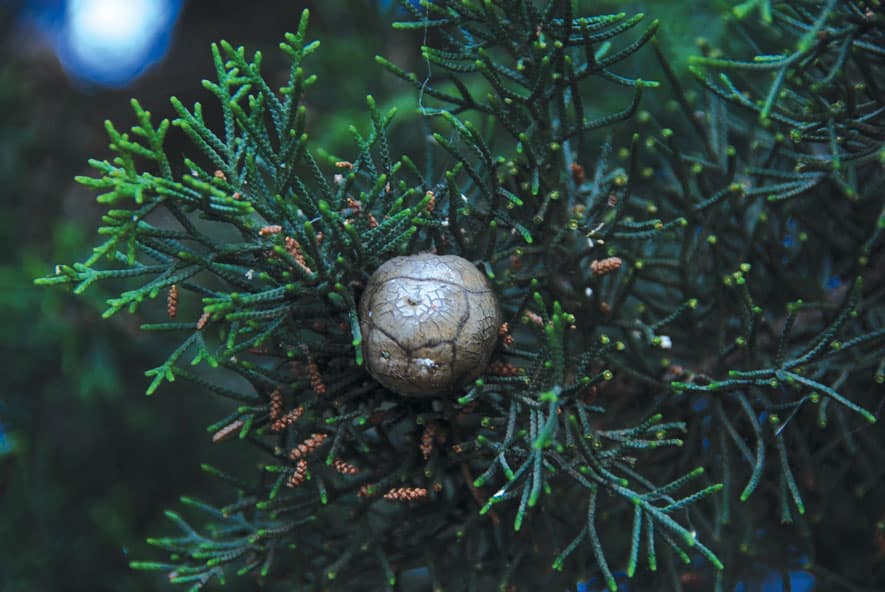

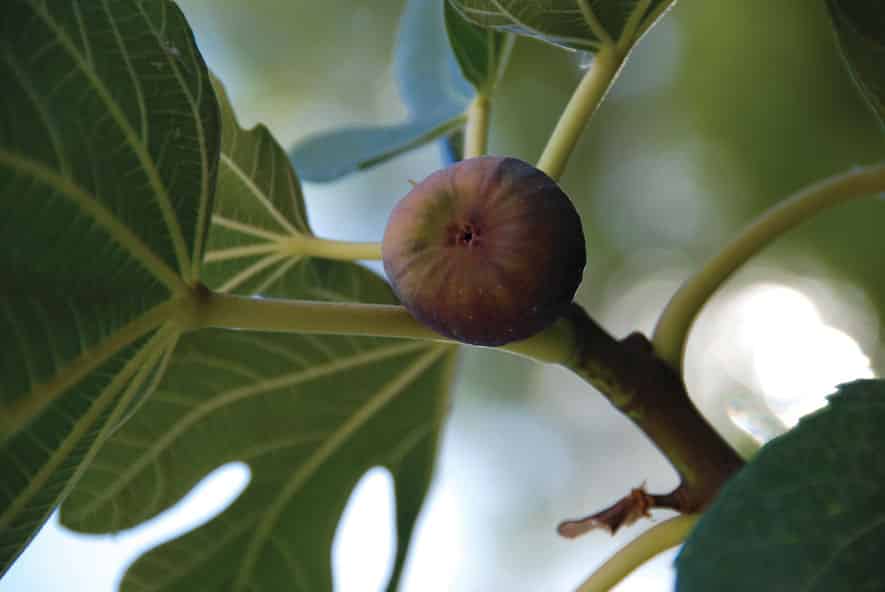
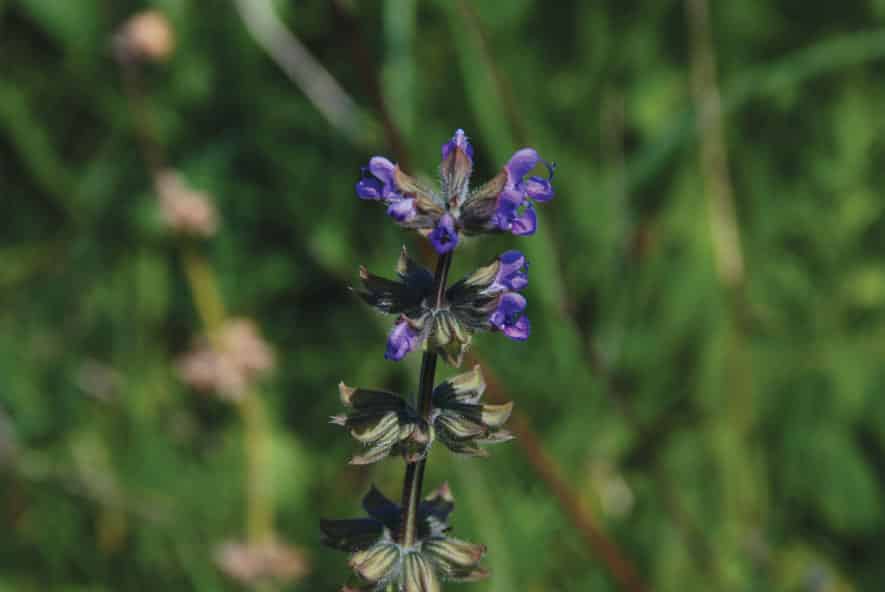
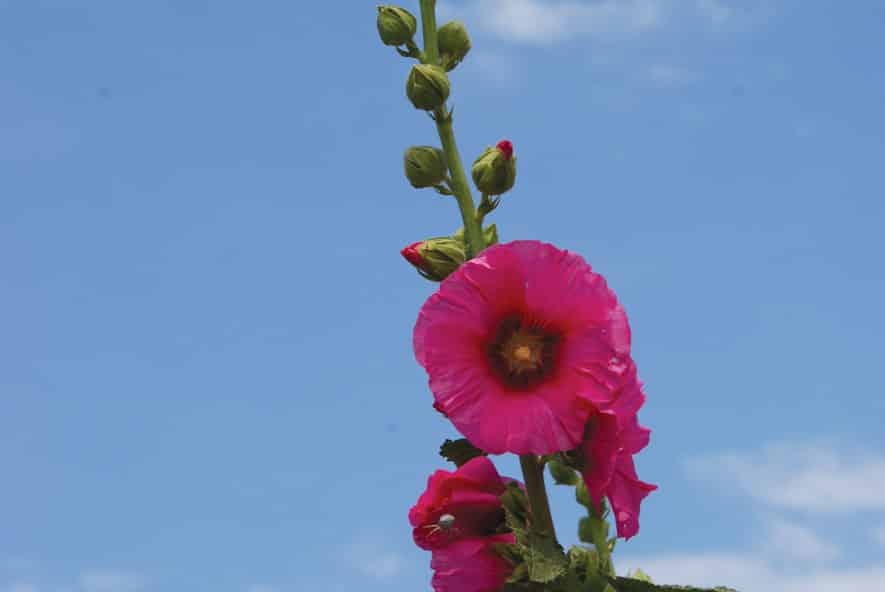
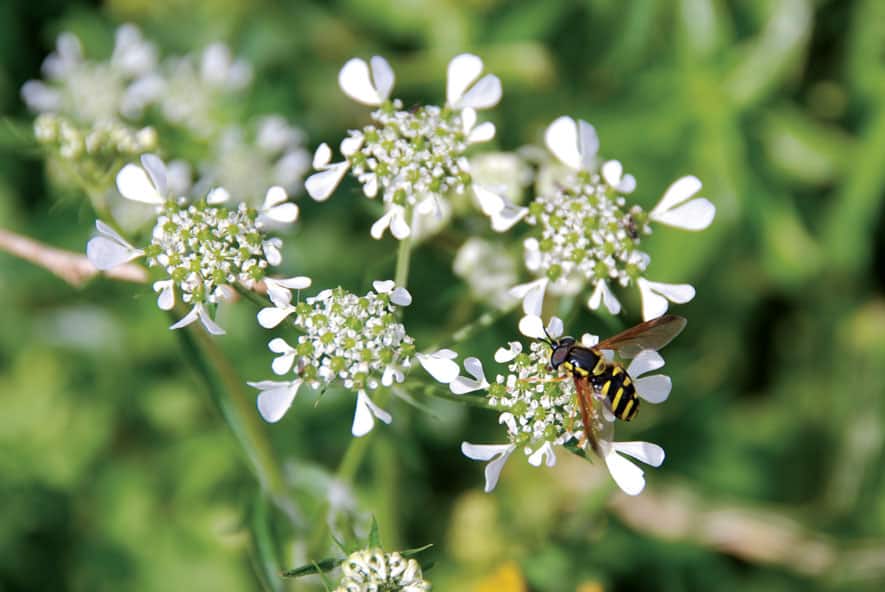
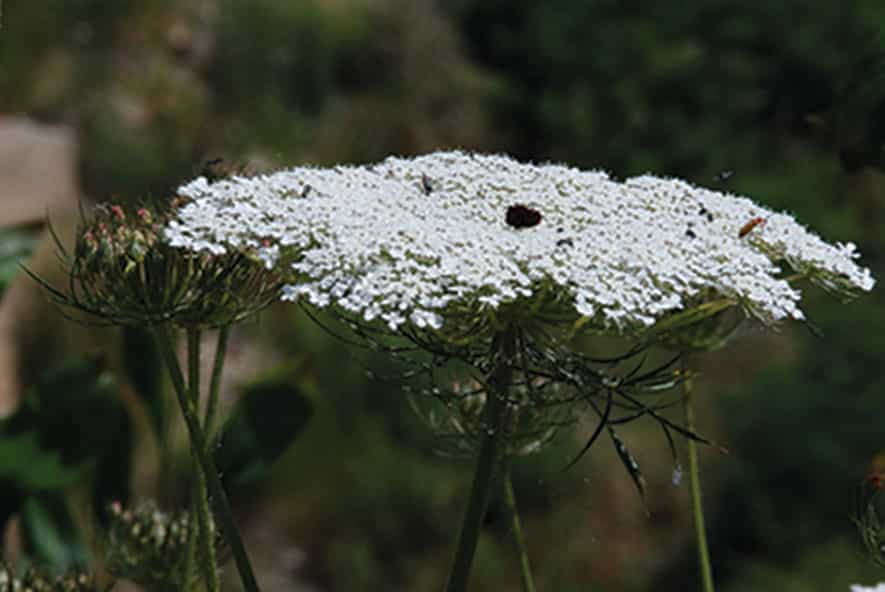
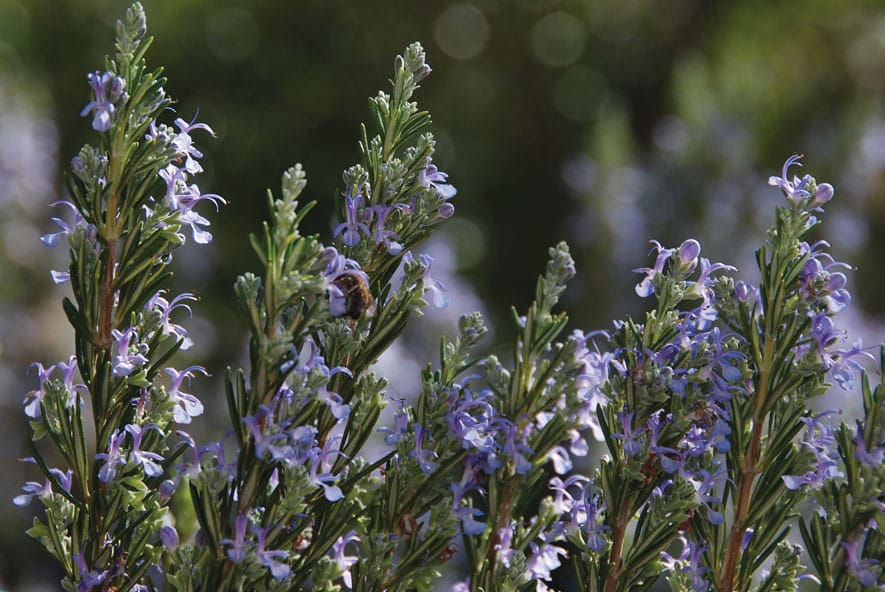

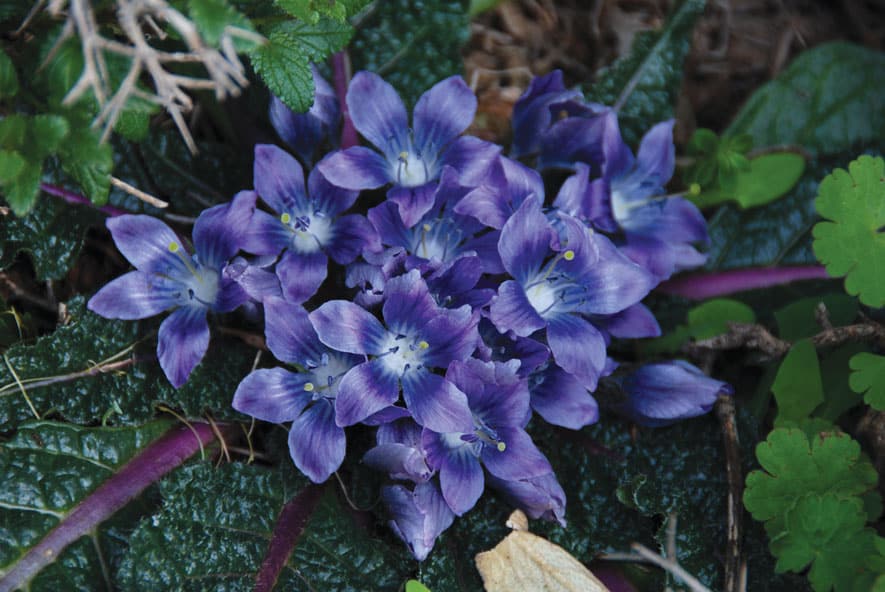
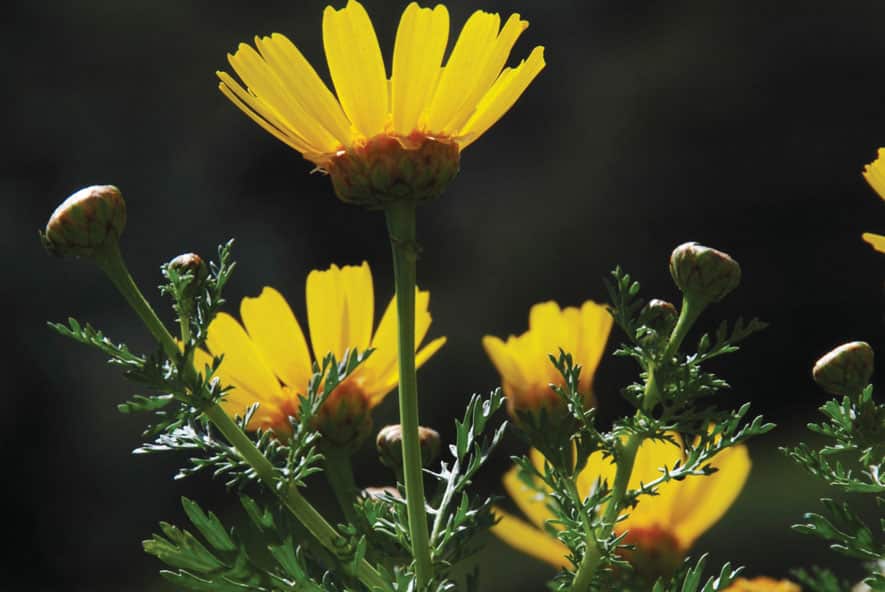
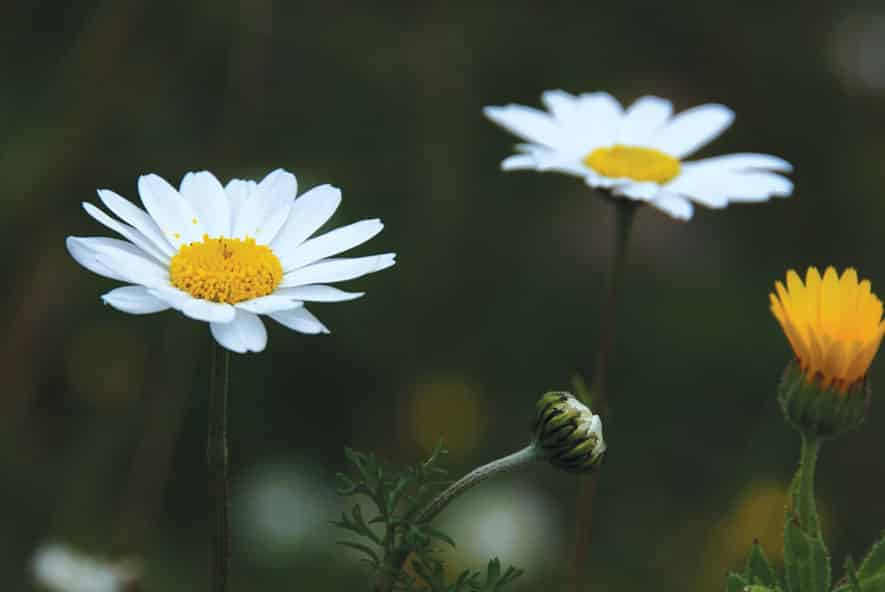

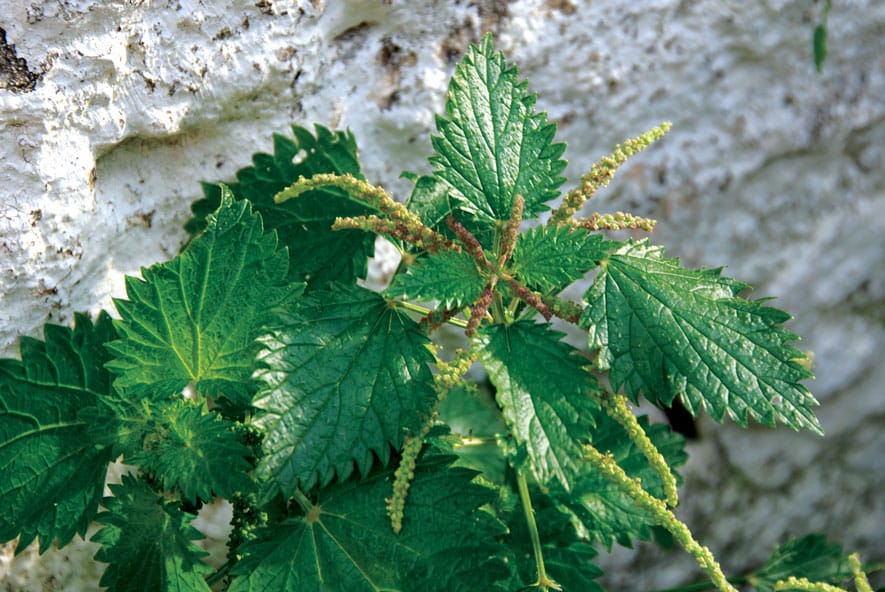

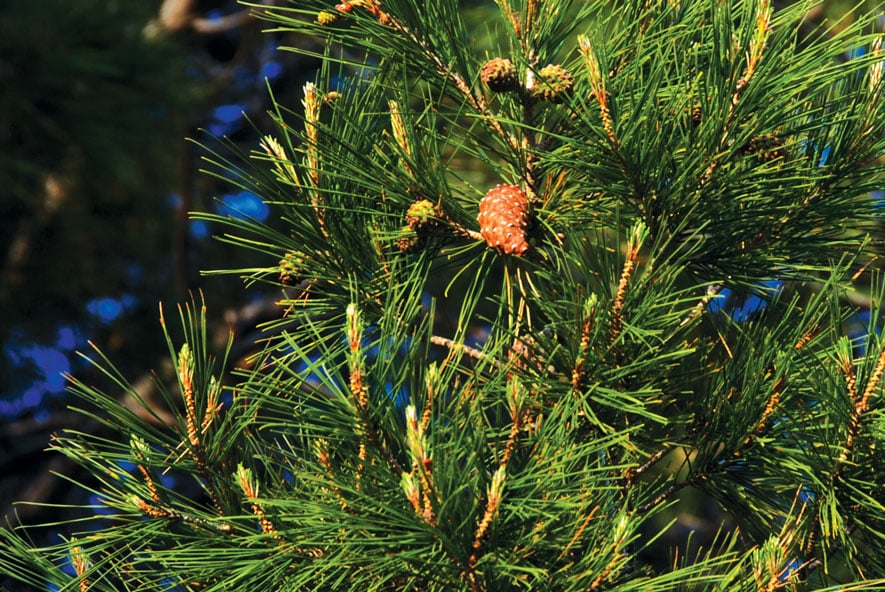
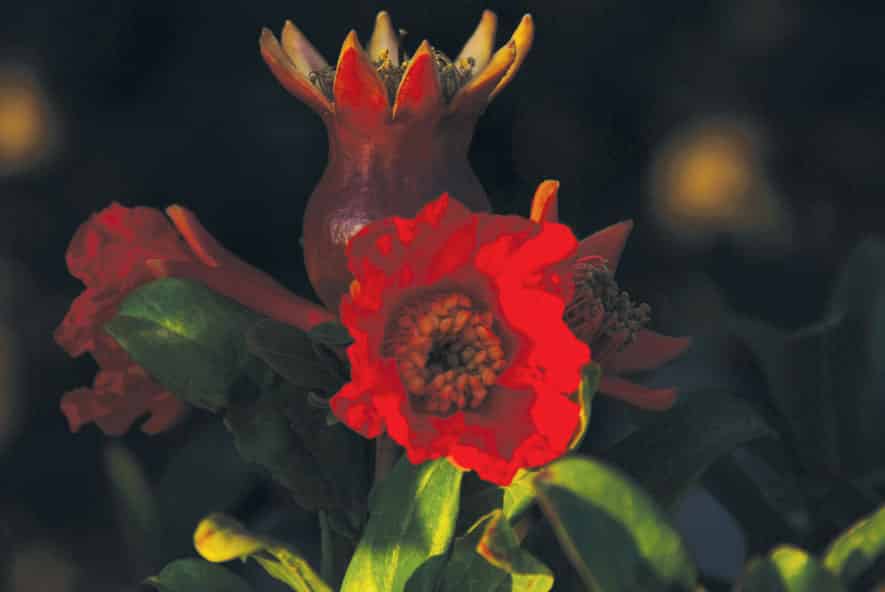
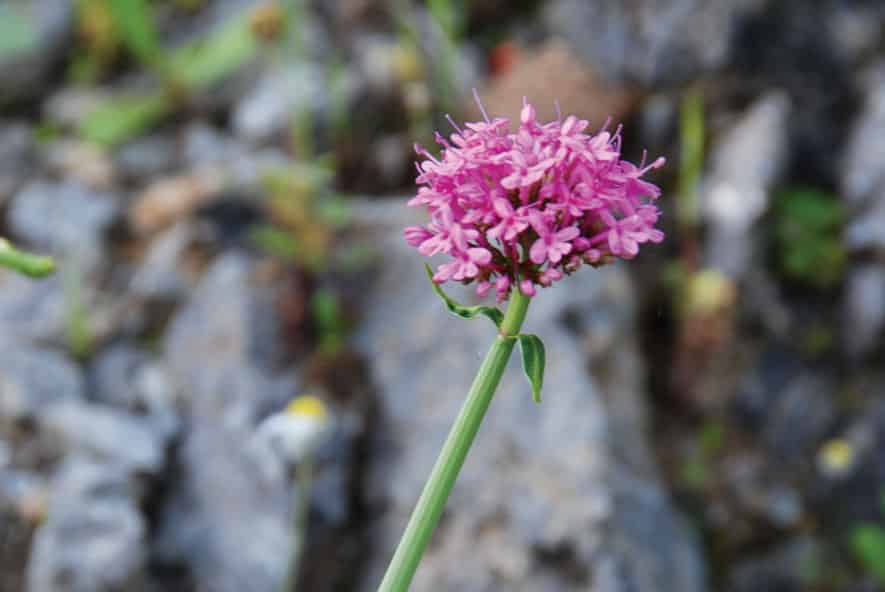
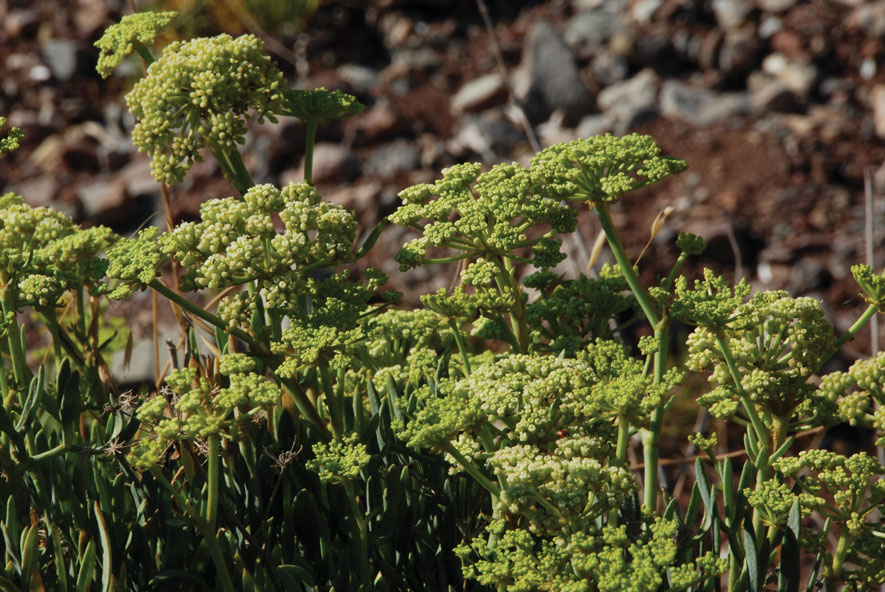
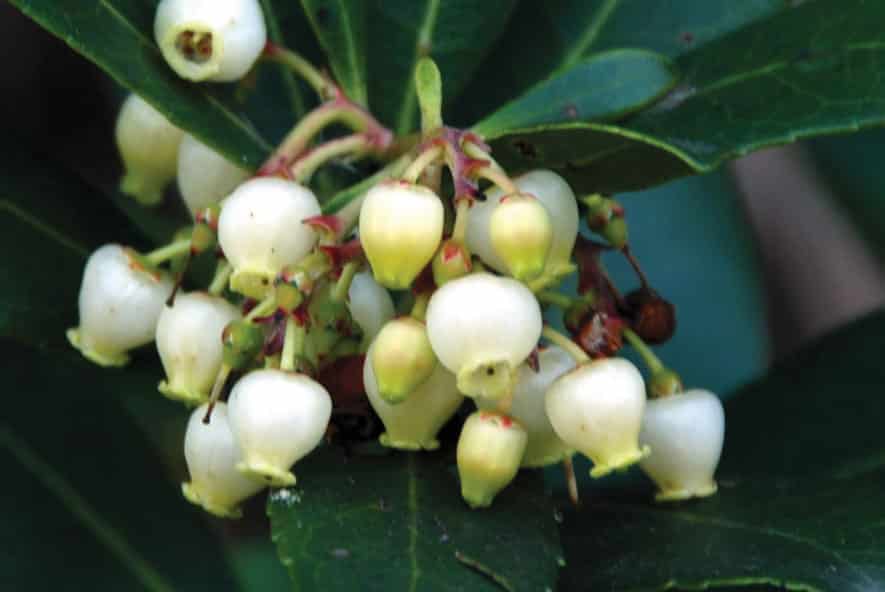
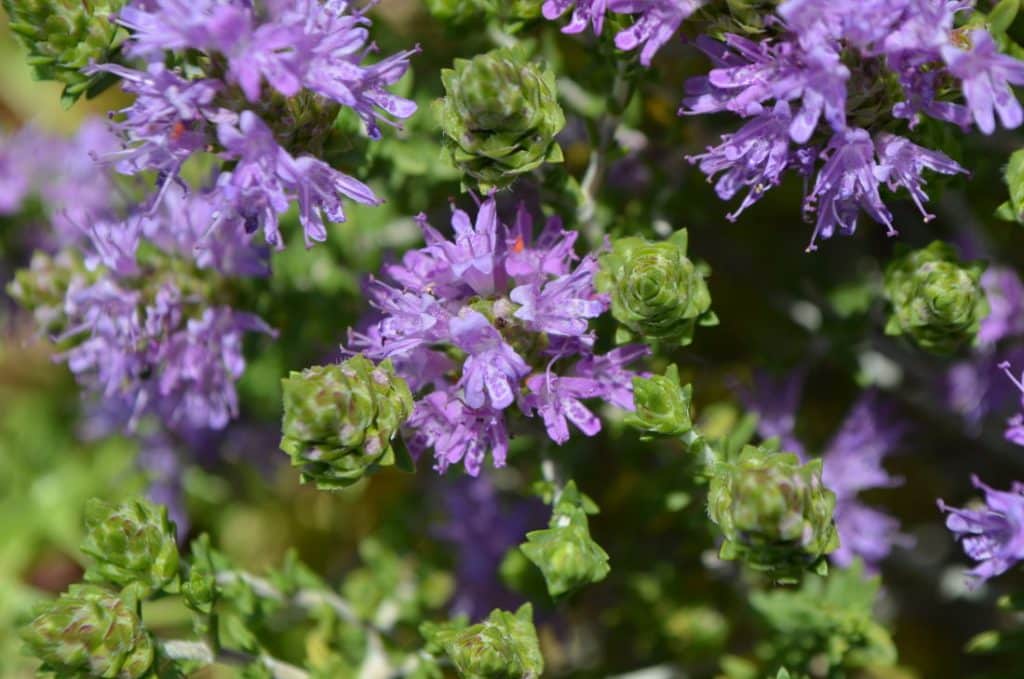
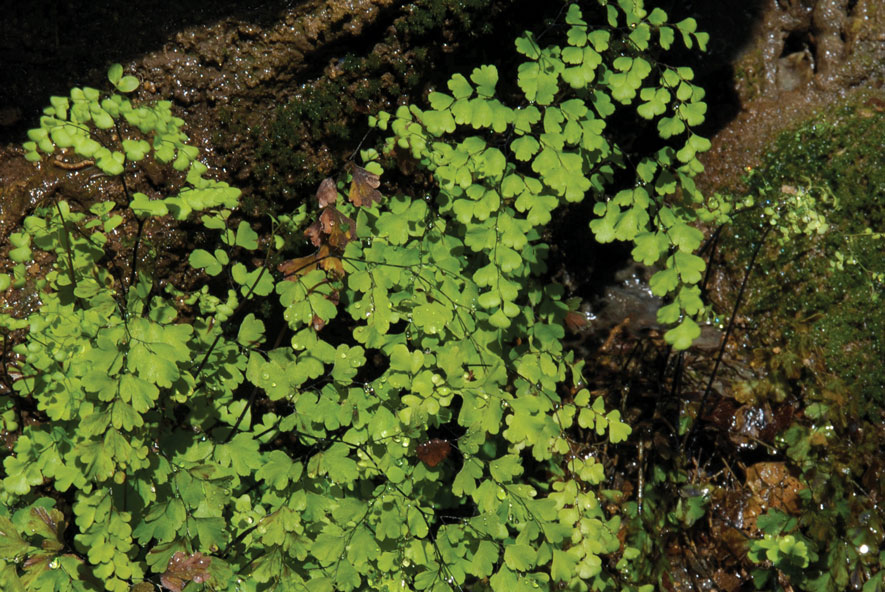
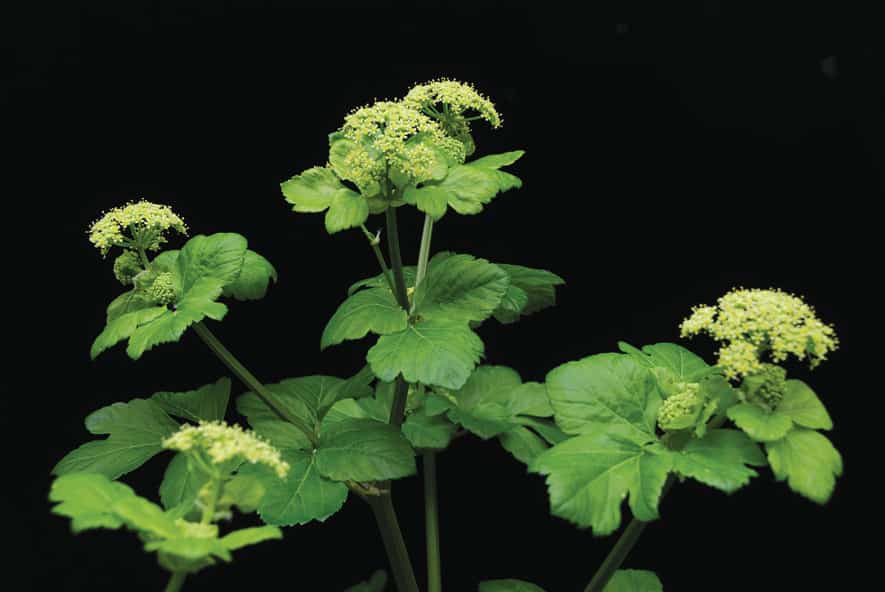

Leave your comment
You must be logged in to post a comment.